
Think of student learning like dominoes. Imagine this…
You have five dominoes standing — each one being half the size of the one before it. The first domino is very small, and the last domino is very large. If you knock over the first domino, it hits the next domino and pushes it over. The effect continues until the largest domino falls. However, if you were to move the smallest domino next to the largest domino, it wouldn’t have enough leverage to push the large domino over on its own.
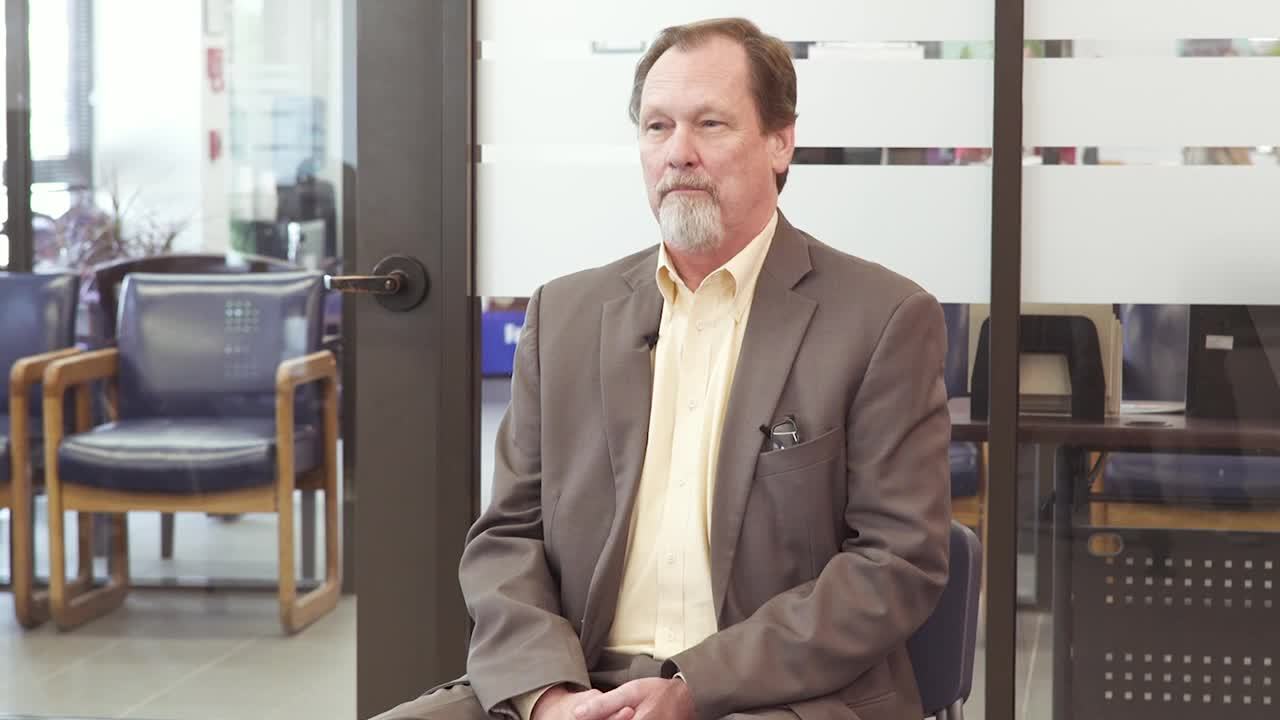

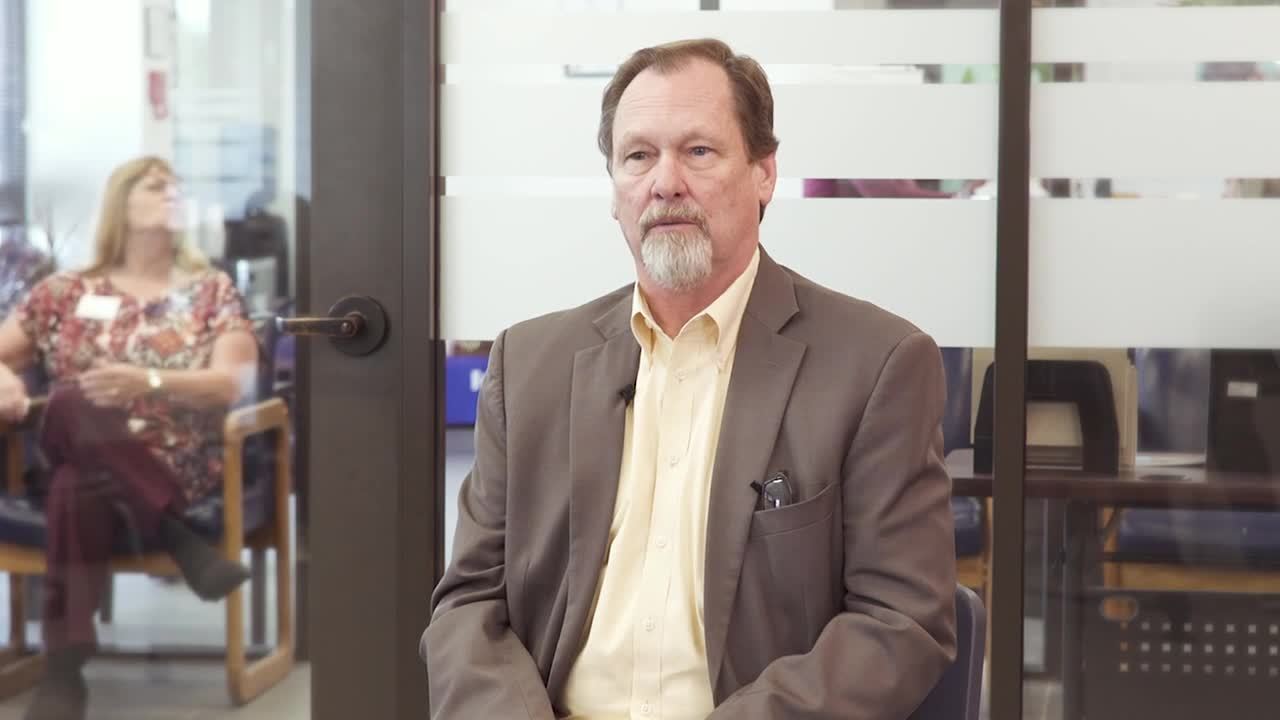

Dr. S. David Vaillancourt, Chief Academic Officer at The College of Health Care Professions (CHCP), compares this example to how students build upon their knowledge base. He explained that it’s this “stair-step” method that allows students to achieve success in their education and — with the help of Elsevier Adaptive Quizzing (EAQ) — push over those “dominoes.”
“We focused on EAQ because it had the various levels students needed to build upon their knowledge and grow their confidence,” Dr. Vaillancourt said.
Nursing Program
CHCP first implemented EAQ in its Nursing Associate of Applied Science program based on the recommendation of the Director of Nursing, Dr. Tonye Cox-Miller. She said she was drawn to EAQ because of its ability to strengthen students’ critical thinking skills. The students entering the program are LVNs pursuing their RN and need additional help with higher-level critical thinking.
“I think it’s really crucial for them to build on their knowledge base and identify their weaknesses and strengths,” Cox-Miller said.
The nursing program, which teaches a concept-based curriculum, also uses HESI exams across the curriculum — starting with the HESI Admission Assessment Exam (A2) for admission testing, HESI Specialty Exams for end-of-course testing, and lastly, the HESI Exit Exam and HESI Computer Adaptive Test (CAT) at the end of the program.
“I know there’s not many people that are teaching a concept-based curriculum, but I love it,” Cox-Miller said. “This was my first exposure coming [to CHCP] and I think it is really a great approach to teaching nursing content.”



For the HESI A2 exam, benchmarks are set for reading, grammar, and math. The reading and grammar sections are set at 80% and math is set at 70%.
“We’ve had some really good outcomes,” Cox-Miller said. “If they’ve been able to meet those benchmarks, they are generally successful in the program.”
For the end-of-course HESI exams and the HESI Exit Exam, students are required to score an 850. Based on a student’s score, faculty use a table to assign a certain amount of remediation to address weak areas.
LMRT Program
Because the nursing program experienced great success with EAQ, it expanded its use to the Limited Medical Radiologic Technologist (LMRT) program as well. Dr. Vaillancourt said the successful implementation of EAQ was due in part to designating adequate time for training faculty and the diligent work of the LMRT Regional Coordinator, Charlotte Swenson. Swenson explained she was looking for a tool to help bridge the gap between paper quizzes and the state board, and EAQ was a good fit for that.
“I was so excited to find out about EAQ,” Swenson said. “Once we started implementation, I did have some challenges with faculty because all of our faculty come from the field and are trained as teachers secondarily. Using this type of adaptive learning system was new to many of us, but we have learned to effectively use it and embrace the positive outcomes.”
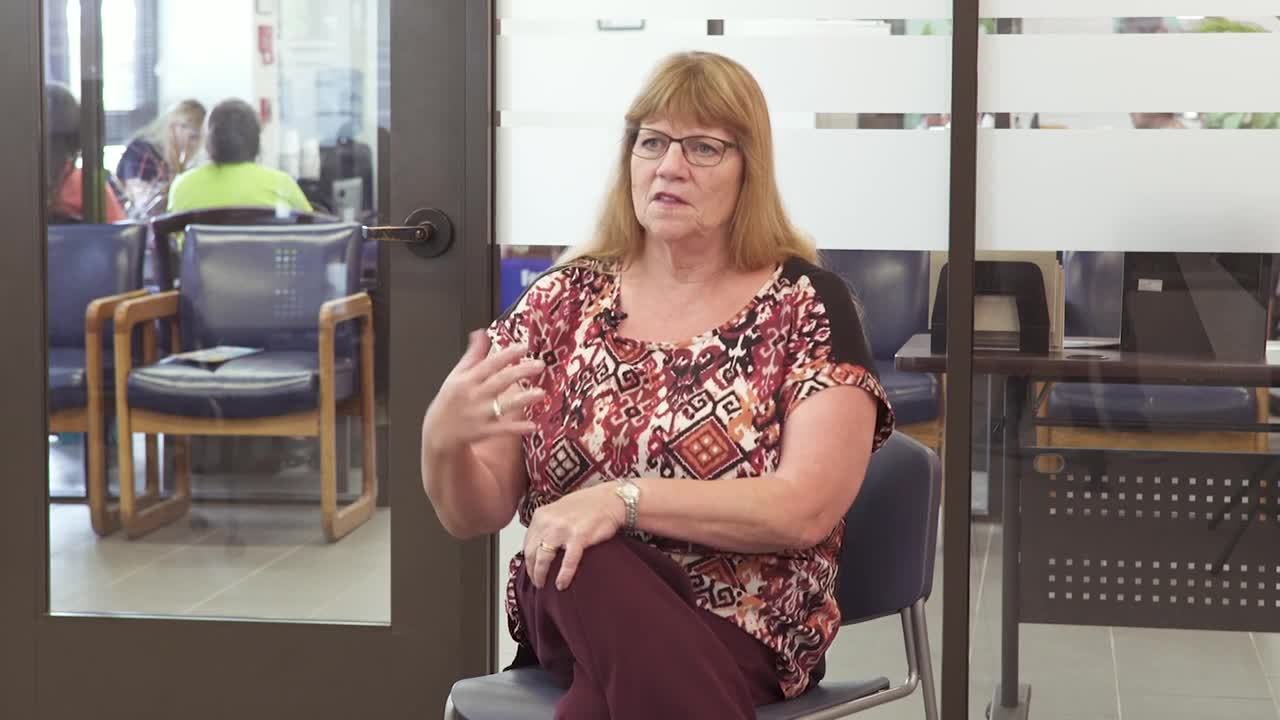
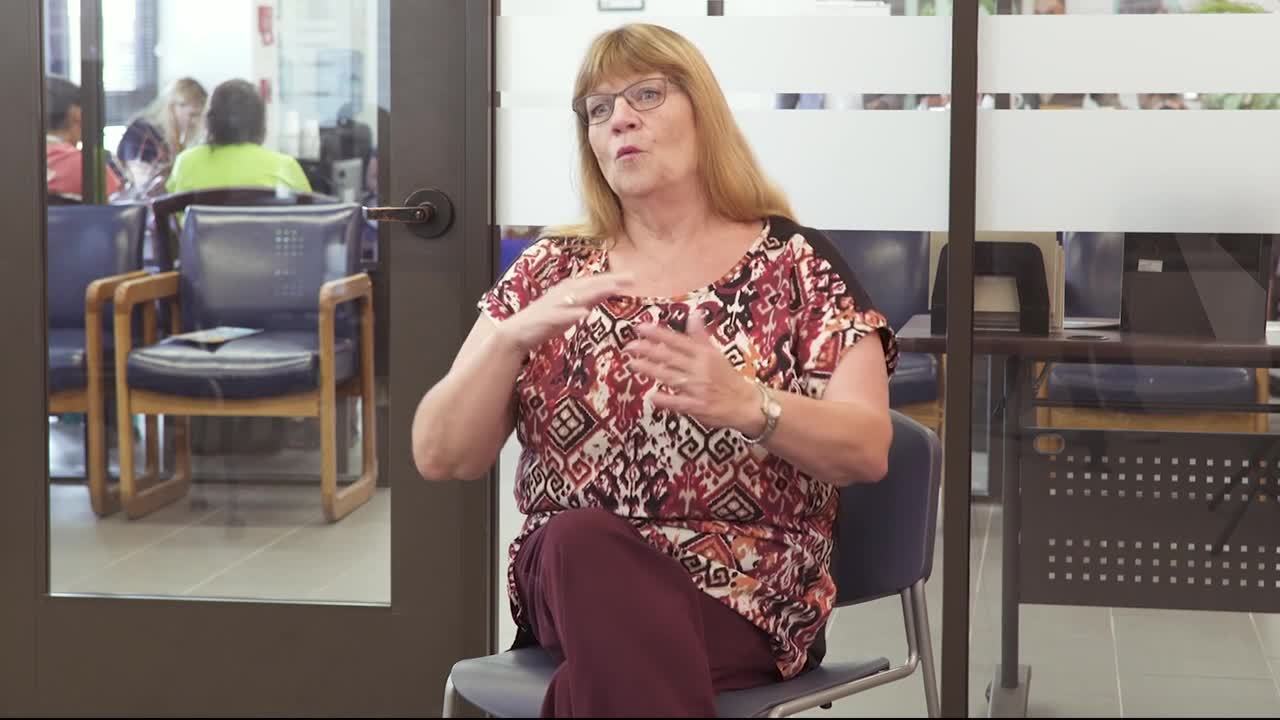
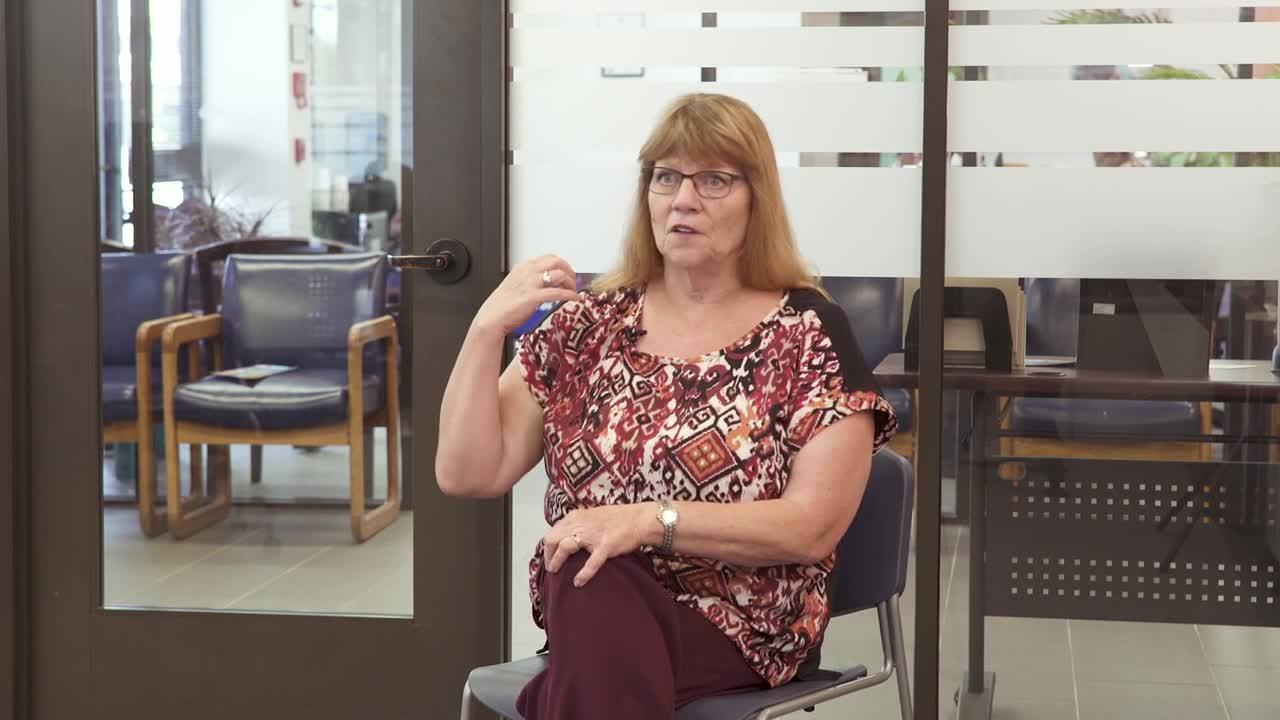
Swenson explained that faculty use EAQ after they have presented a subject to the students. Students then test themselves within EAQ to ensure they understand the material.
“It builds up their confidence because when they score well, they are excited to understand, and I appreciate how the questions are worded because they’re very similar to the style of questions on the state boards,” Swenson said. Additionally, student feedback has been very positive.
“We’ve received a great deal of feedback from the instructors, but most importantly the students,” Dr. Vaillancourt said. “They love it. They think it’s a tremendous opportunity for them to gain confidence and they enjoy using it because it gives them those bite-sized chunks they can handle. It keeps them moving forward.”
Advice for Implementing EAQ
Dr. Vaillancourt’s key piece of advice for those new to using EAQ is to have one or two “experts” within the organization that are well trained on the product and can help answer faculty questions.
“You must have the buy-in from the faculty,” Vaillancourt said. “The boots on the ground need to understand it. They have to feel success using it. They have to know that it is a tool that will assist in getting their job done in a more efficient manner with better student results. That’s the key.”
At-A-Glance Facts
Organization:
Founded by physicians, The College of Health Care Professions (CHCP) has been helping students develop the skills they need to meet the demands of today’s healthcare industry through accredited education programs for more than thirty years. CHCP faculty have real-world, on-the-job experience and are committed to helping students succeed. Just as importantly, CHCP’s on-campus, blended, online, and hybrid program offerings give students flexible options to learn on their schedule.
Details:
CHCP chief academic officer and faculty members discuss how Elsevier tools, like Elsevier Adaptive Quizzing (EAQ) and HESI, allow for student success in their nursing and LMRT programs.